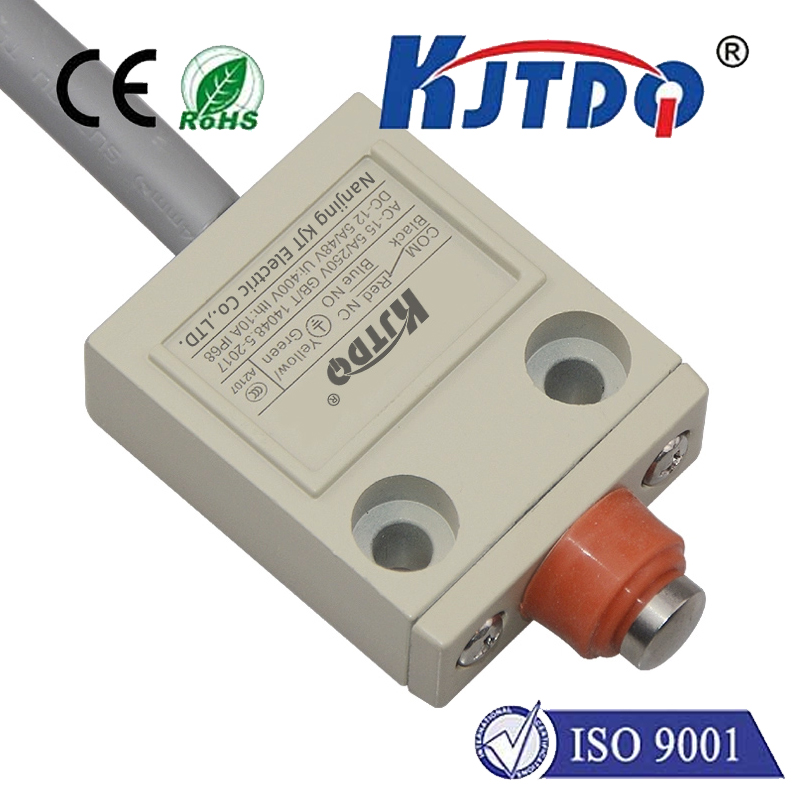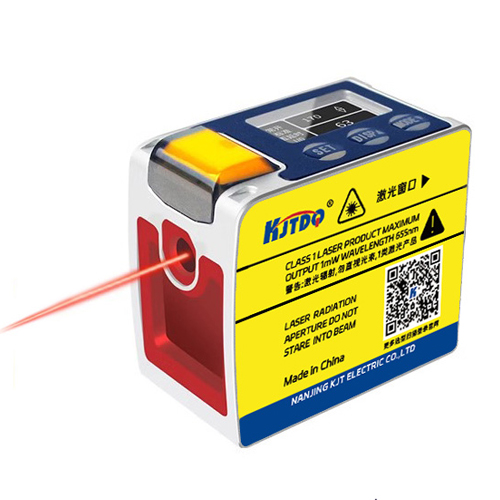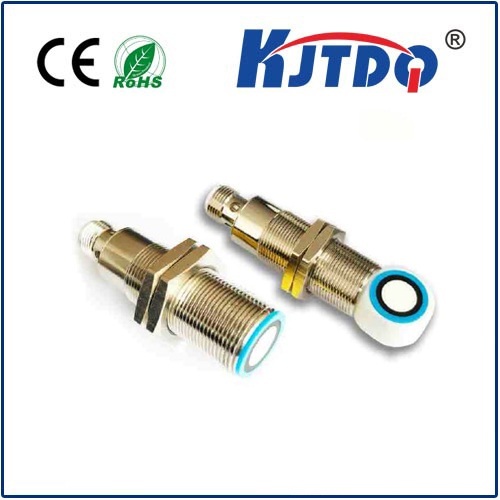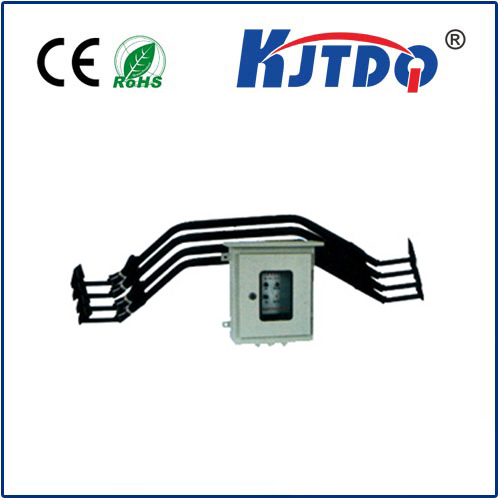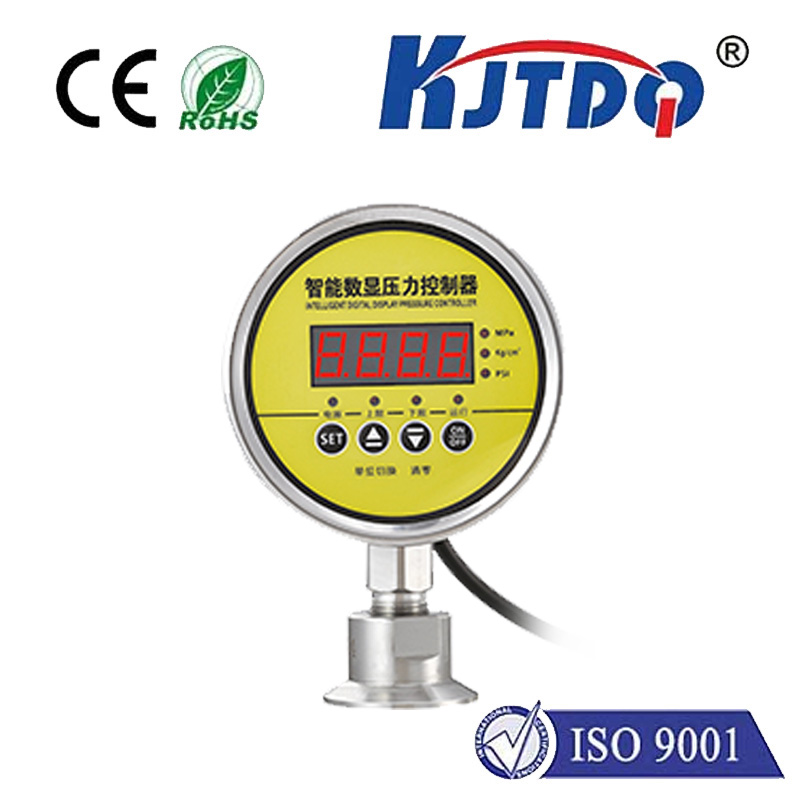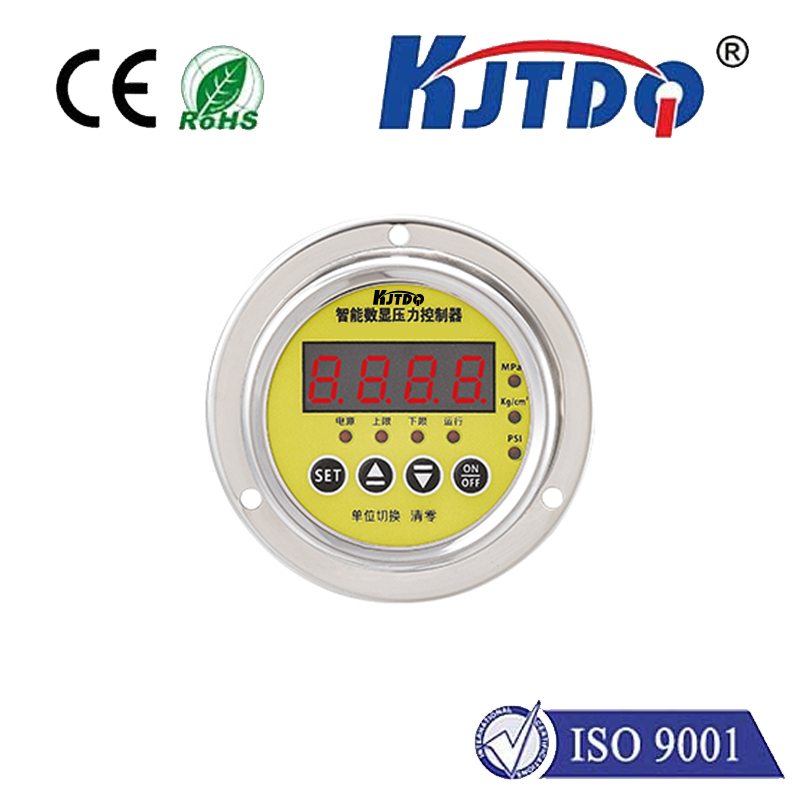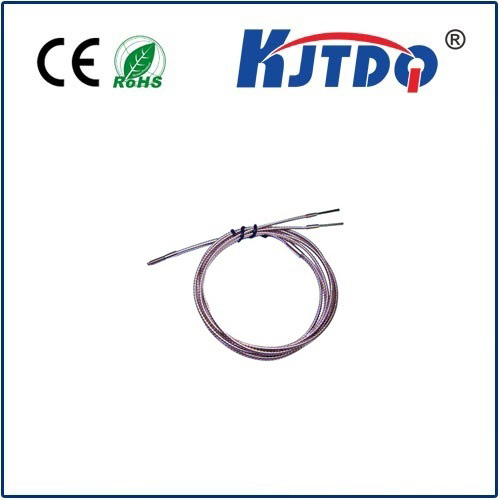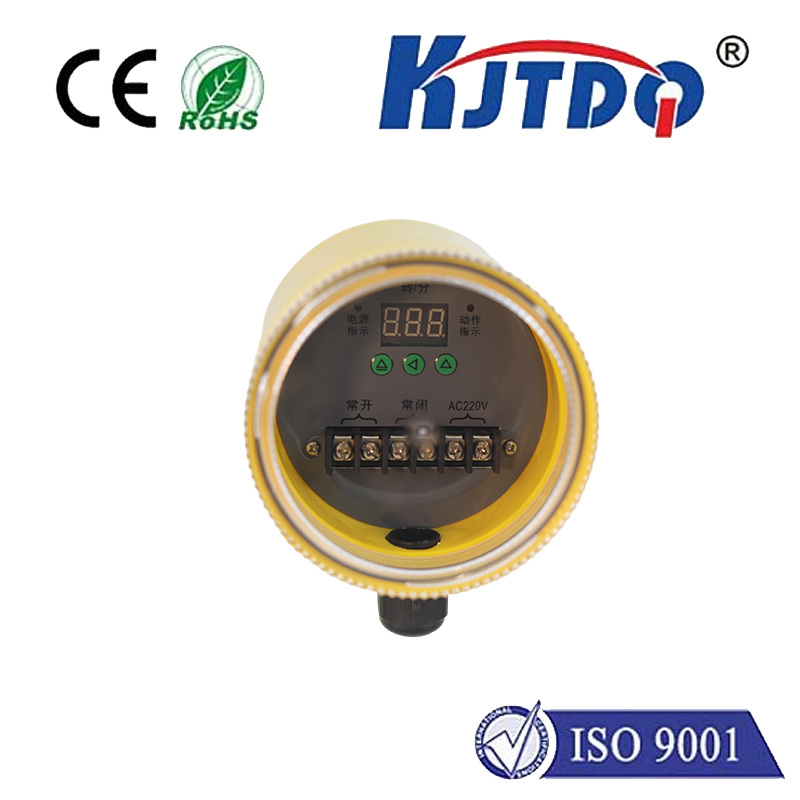

check

check

check

check

check

check

check

check

check

check
Title: The Precision of Photoelectric Sensor Distance Measurement
Introduction
In the realm of modern technology, accurate distance measurement is a crucial factor in various industries. With the advent of photoelectric sensors, distance measurement has become more precise and efficient. This article will explore the principles and applications of photoelectric sensor distance measurement.
Principle of Photoelectric Sensor Distance Measurement

Photoelectric sensors operate on the principle of light emission and detection. The sensor emits a beam of light that reflects off an object and returns to the sensor. The time taken by the light to travel this distance is measured, and the distance between the sensor and the object is calculated based on the speed of light. This method provides highly accurate measurements, as it eliminates errors caused by environmental factors such as temperature and humidity.
Applications of Photoelectric Sensor Distance Measurement
Photoelectric sensor distance measurement has numerous applications across various industries. In manufacturing, it is used for quality control to ensure that products are within specified dimensions. In automotive industry, these sensors are used in safety features such as collision avoidance systems and parking assistance. In construction industry, they are used for measuring distances between structural elements to ensure proper alignment. Moreover, in aerospace industry, photoelectric sensors are used for navigation and guidance systems.
Advantages of Photoelectric Sensor Distance Measurement
One of the major advantages of photoelectric sensor distance measurement is its non-contact nature. Unlike traditional methods that require physical contact with the object being measured, photoelectric sensors can measure distances without touching or damaging the object. Additionally, these sensors offer high resolution and repeatability, making them ideal for applications requiring precise measurements. Furthermore, they can operate in harsh environments and are not affected by external factors such as magnetic fields or vibrations.
Challenges in Photoelectric Sensor Distance Measurement
Despite its numerous advantages, photoelectric sensor distance measurement also faces some challenges. One of the main challenges is the need for line-of-sight between the sensor and the object being measured. Any obstructions or reflections can affect the accuracy of the measurement. Another challenge is the limited range of some photoelectric sensors, which may restrict their use in certain applications. Additionally, the cost of high-precision photoelectric sensors may be prohibitive for some industries.
Conclusion
Photoelectric sensor distance measurement is a highly accurate and efficient method for measuring distances in various industries. Its non-contact nature, high resolution, and repeatability make it an ideal solution for applications requiring precise measurements. However, challenges such as line-of-sight requirements and limited range must be considered when implementing this technology. As advancements continue in the field of photoelectric sensors, we can expect even greater precision and efficiency in distance measurement applications.
